Stanford Scientists Discover Aging May Suppress Cancer, Not Fuel It
Introduction For decades, doctors and scientists believed that the risk of cancer always increases with age because the body becomes weaker, damaged, and more vulnerable. This idea made sense — after all, many cancers are more common in older adults. But now, Stanford University scientists have made a surprising discovery: Aging may actually suppress cancer, not fuel it. This new study challenges long-standing medical assumptions and opens the door to new treatments, prevention strategies, and a deeper understanding of how cancer interacts with ageing and chronic diseases. If ageing slows down the body, why would it also slow down cancer — a disease known for uncontrolled cell growth? Let’s break it down in simple, clear language. What Aging Means Inside the Human Body Aging is not just wrinkled skin or grey hair — it is a complex biological process that affects cells, tissues, and organs. Inside the body: Cells divide more slowly DNA repair becomes less efficient Immune function changes Hormone levels decline Chronic inflammation increases Energy production reduces These changes influence how the body develops chronic diseases like diabetes, hypertension, heart disease, arthritis, and even kidney disease. But here’s where it gets interesting — aging also affects cancer cells. What Cancer Really Is: A Disease of Uncontrolled Cell Growth Cancer begins when cells grow and divide uncontrollably. Normally, the body controls cell division tightly. But cancer cells: Divide very fast Ignore signals to stop growing Form tumors Spread to other organs (metastasis) The surprising question scientists asked was: If aging slows down normal cells, does it also slow down cancer cells? This led to Stanford’s groundbreaking discovery. The Stanford Discovery: Aging May Act as a “Natural Brake” on Cancer Stanford researchers studied how aging affects cancer cells and compared them to younger cells. Their key finding: As the body ages, the environment inside tissues becomes less supportive for cancer growth. This means: Cancer cells struggle to divide fast Tumor growth slows Tissue stiffness restricts cancer expansion Aged cells send signals that suppress tumors This contradicts the older belief that aging always increases cancer risk. Why Aging May Suppress Cancer 1. Aging Slows Down Cell Division Cancer needs rapid cell division to grow. Aging naturally slows this process — making it harder for tumors to expand. 2. Aging Creates a “Less Friendly” Environment for Tumor Growth Older tissues are: Firmer Less flexible Less rich in nutrients Cancer cells need a healthy, nutrient-rich environment — something more common in younger bodies. 3. Aging Cells Release Tumor-Suppressing Signals Aging cells (senescent cells) release chemical signals that can stop cancer growth. These include proteins that: Block cell division Alert the immune system Trigger cancer cell death 4. Reduced Hormonal Activity Slows Tumor Stimulation Hormones like estrogen, testosterone, growth hormone, and IGF-1 reduce with age. Many cancers depend on these hormones for growth. 5. The Immune System Changes Its Strategy Although immunity becomes weaker in some ways, it becomes more aggressive against abnormal cells. If Aging Suppresses Cancer, Why Are Many Cancers Still Common in Older Adults? This is the part people often misunderstand. Even if aging slows cancer growth, cancer still appears more often in older adults because: DNA damage accumulates over decades Chronic diseases weaken the body Long-term inflammation increases genetic mutations Exposure to pollutants, tobacco, alcohol, infections adds up over time The immune system becomes slower at detecting new tumors So aging has two opposite effects: It increases chances of cancer starting It decreases the speed at which cancer can grow The Stanford discovery explains the second part more clearly. ALSO READ:Coffee May Cut Atrial Fibrillation Recurrence By Nearly 40% How Chronic Diseases Influence Cancer During Aging The relationship between cancer and chronic diseases is complex. Diabetes High sugar, insulin resistance, and inflammation can increase cancer risk. Hypertension Long-term stress on blood vessels affects tissue health. Obesity Fat cells release hormones that encourage tumor growth. Heart disease Reduced circulation weakens tissue immunity. Chronic kidney disease Toxins build up, altering cell behavior. Aging alone may suppress cancer, but chronic illnesses may counteract this benefit. This is why lifestyle and medical care play a big role in prevention. How This Discovery Could Help Future Cancer Treatments This groundbreaking study opens new doors for cancer therapy: 1. Cancer “anti-growth” therapies that mimic aging If aging slows cancer, scientists may develop drugs that artificially recreate aging-like conditions in tumors. 2. Tissue environment–based treatments Instead of only targeting cancer cells, doctors could target the environment around them. 3. Hormone-related tumor control Understanding how low hormone levels slow tumors may help design better treatments. 4. New strategies for long-term cancer prevention Lifestyle changes that reduce inflammation could amplify the natural anti-cancer effects of aging. What This Means for You and Your Family This discovery helps us understand that: Cancer is not just a disease of age Aging does not automatically make cancer worse Lifestyle has a bigger impact than previously recognised Managing chronic diseases reduces cancer risk Healthy aging can be protective This empowers individuals to take charge of their health — at every stage of life. Daily Habits to Reduce Cancer and Chronic Disease Risk Eat a balanced diet Fruits and vegetables Whole grains Nuts and seeds Home-cooked meals Limited sugar and processed foods Exercise regularly 30–45 minutes of daily activity improves immunity and reduces inflammation. Maintain a healthy weight Obesity increases cancer risk in many organs. Get good sleep 7–9 hours of deep sleep helps repair DNA. Avoid smoking and alcohol Tobacco causes 30–40% of cancers in India. Stay updated with screenings Mammograms Pap smears Colon cancer tests Prostate exams Blood sugar & blood pressure checks Manage chronic diseases Treating diabetes, hypertension, and thyroid disorders reduces cancer risks. When to See a Doctor Consult a doctor immediately if you experience: Sudden weight loss Persistent fatigue Unexplained fever Lumps or swelling Changes in bowel or bladder habits Bleeding without reason Long-term cough Skin changes Early detection saves lives. Conclusion Stanford’s discovery that aging may suppress cancer instead of fueling it is a remarkable breakthrough. It challenges old beliefs and opens new possibilities for cancer prevention and treatment. Although cancer risk still increases with age due to DNA damage and chronic diseases, the body’s natural aging processes may actually help slow tumor growth. This gives hope for developing new therapies that use the body’s natural biology to fight cancer. Aging is not the enemy — unmanaged lifestyle factors and chronic diseases are. Healthy habits, routine screenings, and timely medical care remain your strongest protection. 50 FAQ 1. Does aging really suppress cancer? New research suggests aging slows tumor growth in some tissues. 2. Does cancer risk increase with age? Yes, but aging also creates natural anti-cancer effects. 3. How does aging slow cancer? By reducing cell division, hormones, and tissue support for tumor growth. 4. Do chronic diseases increase cancer risk? Yes — diabetes, obesity, and hypertension can raise risk. 5. Does inflammation cause cancer? Chronic inflammation increases mutation rates. 6. Are older people protected from cancer? Not fully, but aging may slow tumor progression. 7. Do hormones affect cancer growth? Yes, some cancers depend on hormones. 8. Why does cancer grow slowly in older adults? The aging tissue environment becomes less supportive. 9. Does the immune system change with age? Yes — some functions weaken, others become more aggressive. 10. Do all cancers slow down with age? No, effects vary by cancer type. 11. Can lifestyle prevent cancer? Healthy habits significantly reduce risk. 12. Is cancer genetic? Some cancers have hereditary factors. 13. Do women have higher cancer risk after menopause? Hormone changes affect risk but vary by cancer type. 14. Does obesity cause cancer? It increases risks for several cancers. 15. Can diabetes increase cancer risk? Yes, due to inflammation and insulin resistance. 16. How does stress influence cancer? Long-term stress affects immunity and hormones. 17. Do anti-aging supplements prevent cancer? Not proven; consult a doctor. 18. Can exercise reduce cancer risk? Yes, by lowering inflammation and improving immunity. 19. Does sleep influence cancer? Poor sleep is linked with higher risk. 20. Can cancer be prevented entirely? Not entirely, but risk can be reduced. 21. Are screenings important? Yes — early detection improves outcomes. 22. Does alcohol cause cancer? Yes, especially liver, breast, and mouth cancers. 23. Can quitting smoking reduce cancer risk? Yes — benefits start immediately. 24. Are older adults less responsive to cancer treatments? Responses vary; many respond well. 25. Are chronic diseases treatable? Yes, most can be controlled with medical care. 26. Can diet influence cancer growth? Healthy food reduces overall risk. 27. Does sunlight exposure affect cancer risk? Too much UV leads to skin cancer. 28. Do infections cause cancer? Certain viruses increase risk. 29. Can pollution increase cancer risk? Air pollution is linked to lung cancer. 30. Do anti-inflammatory foods help? They support overall health. 31. Are older adults more prone to some cancers? Yes, but aging can slow growth rates. 32. Does aging reduce hormone-driven cancers? Hormone decline influences growth. 33. Can fasting reduce cancer risk? Research is emerging; consult a doctor. 34. Can cancer be slow-growing? Yes, many are slow. 35. Do vitamins prevent cancer? Not proven; deficiency correction helps. 36. Does genetic testing help? Useful for high-risk individuals. 37. How does thyroid disease affect cancer risk? Some thyroid imbalances alter risk. 38. Can blood tests detect cancer? Some markers help but aren’t perfect. 39. Are vaccines linked to cancer prevention? HPV and Hepatitis B vaccines prevent certain cancers. 40. Do older adults need cancer screening? Yes, depending on age and health. 41. Does physical inactivity raise cancer risk? Yes, over time. 42. Do processed foods increase cancer risk? Highly processed foods may increase risk. 43. Can herbal remedies cure cancer? No proven cures — always consult a doctor. 44. Does cancer always spread? No, not all cancers metastasize. 45. Can chronic infections cause cancer? Yes, like H. pylori. 46. Are cancer symptoms always obvious? No, early stages may be silent. 47. Can mental health affect cancer? Stress affects immunity but doesn’t directly cause cancer. 48. Does ageing weaken DNA repair? Yes, contributing to risk. 49. Can older adults live long with cancer? Yes, many cancers progress slowly. 50. When should I see a doctor? If you notice persistent symptoms or risk factors. Quickobook CTA If you have symptoms, chronic diseases, or concerns about cancer risk, you don’t need to wait. Find top oncologists, general physicians, and chronic disease specialists near you on Quickobook. Book appointments instantly, compare doctor profiles, and get expert guidance for prevention and treatment. Your health. Your future. Quickobook is here to support you. Disclaimer This blog is for educational purposes only and does not replace medical advice. Always consult a qualified doctor for diagnosis, treatment decisions, and personalised health guidance.
Read More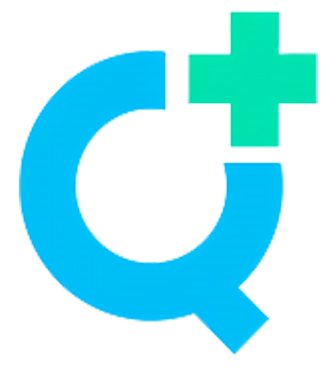
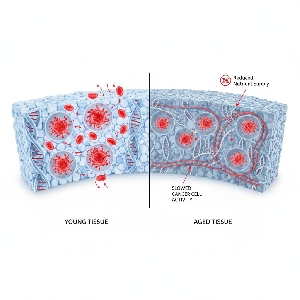
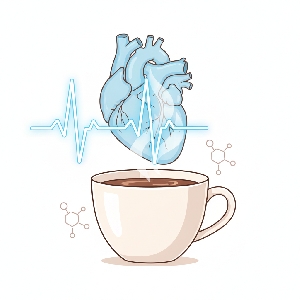
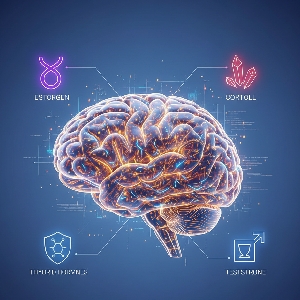

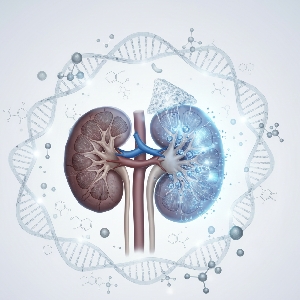
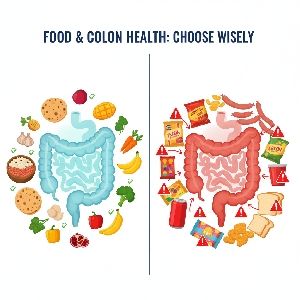

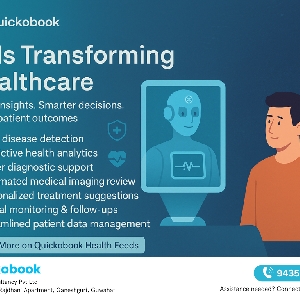


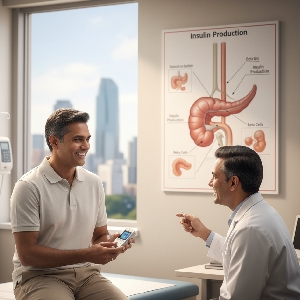
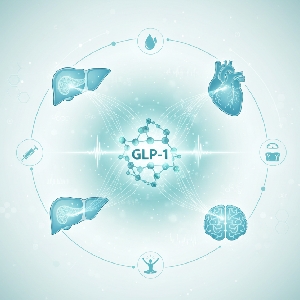

 Play Store
Play Store